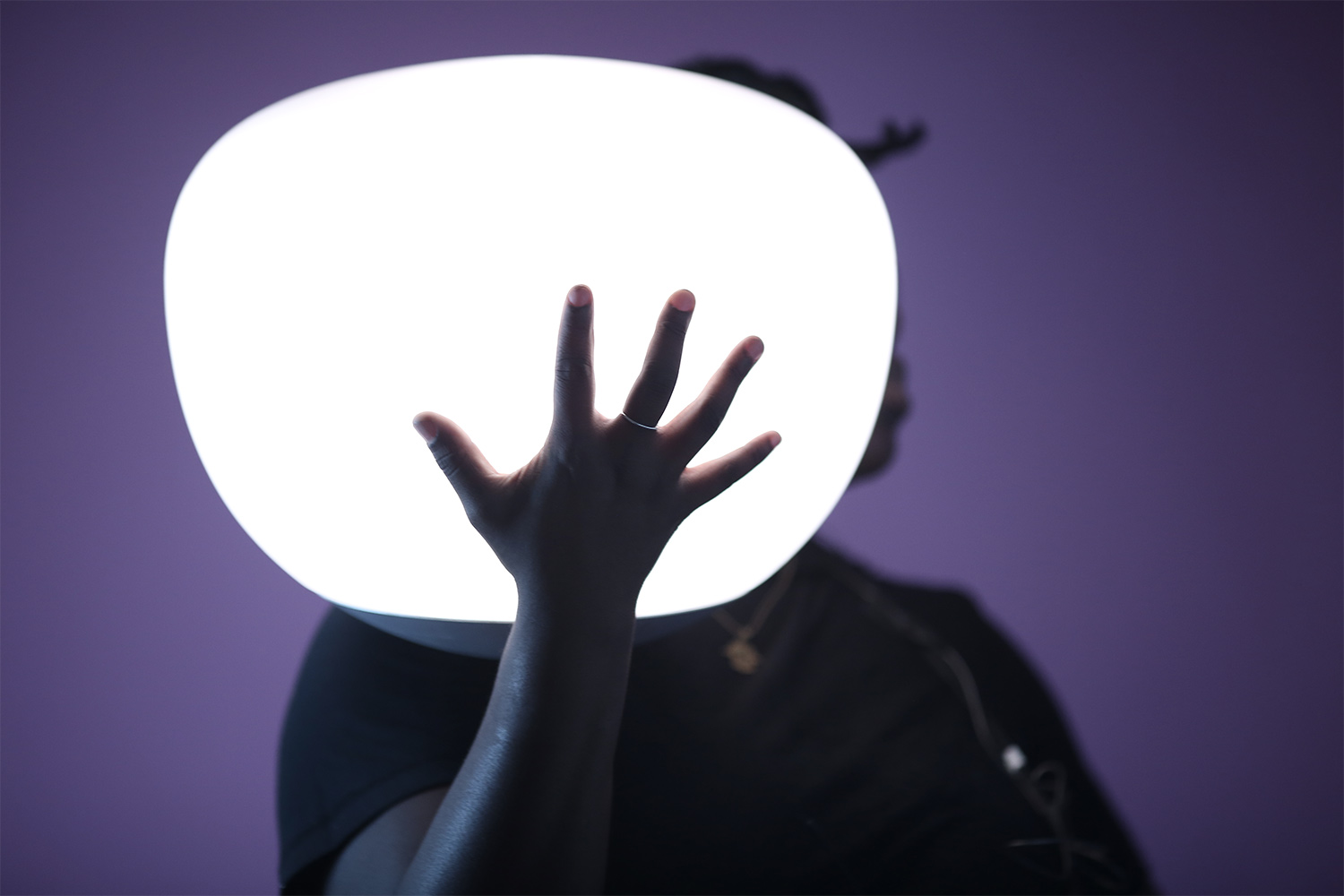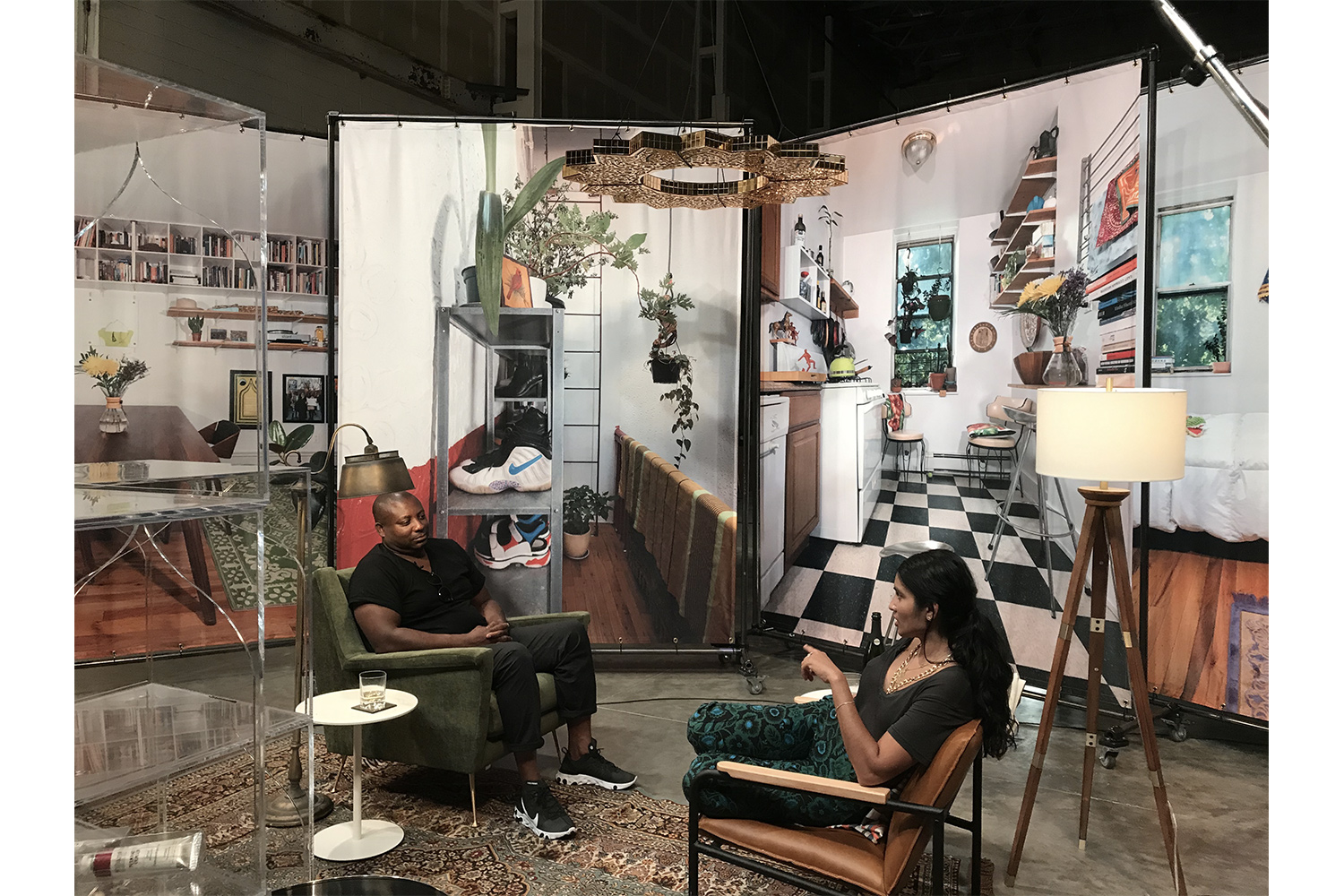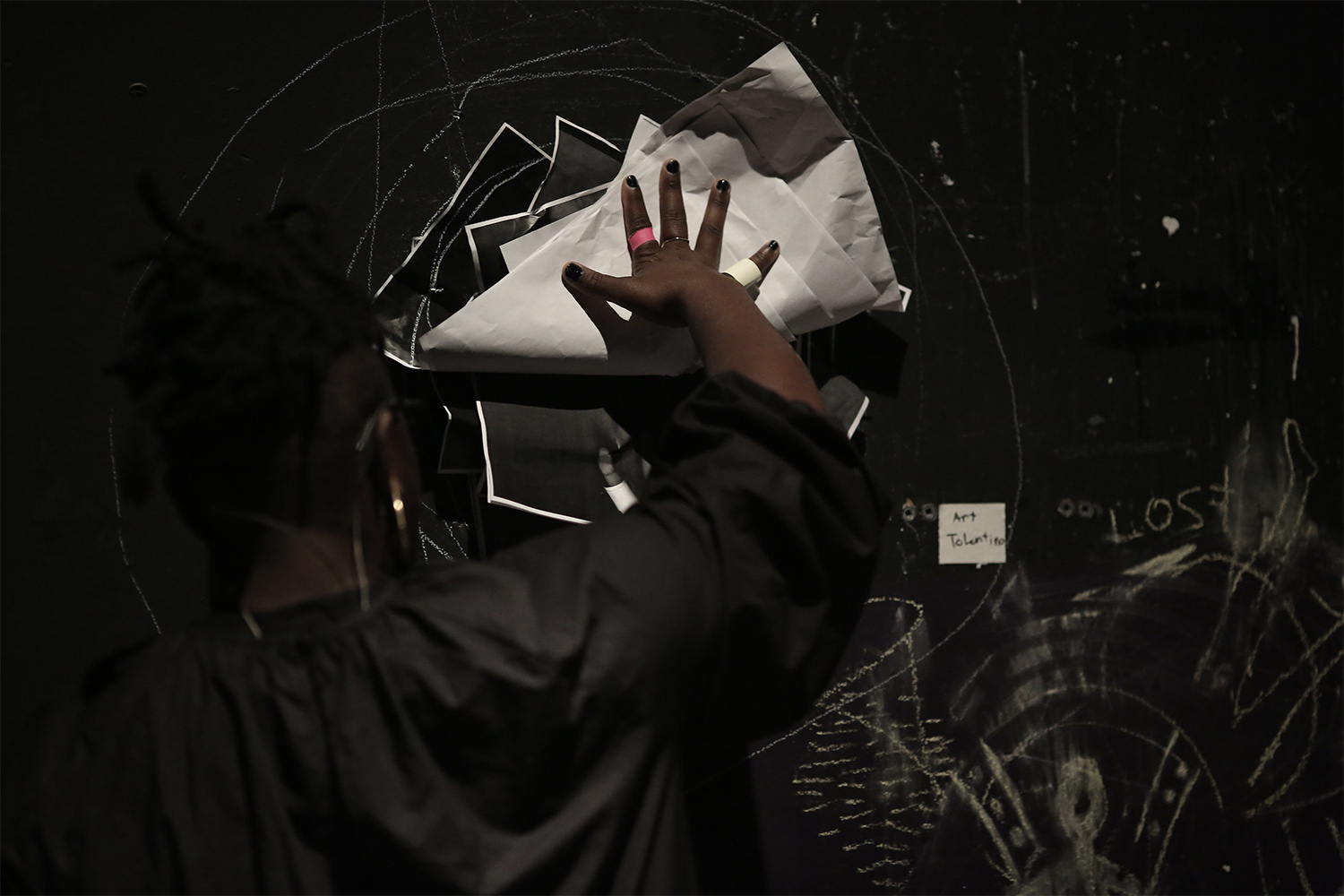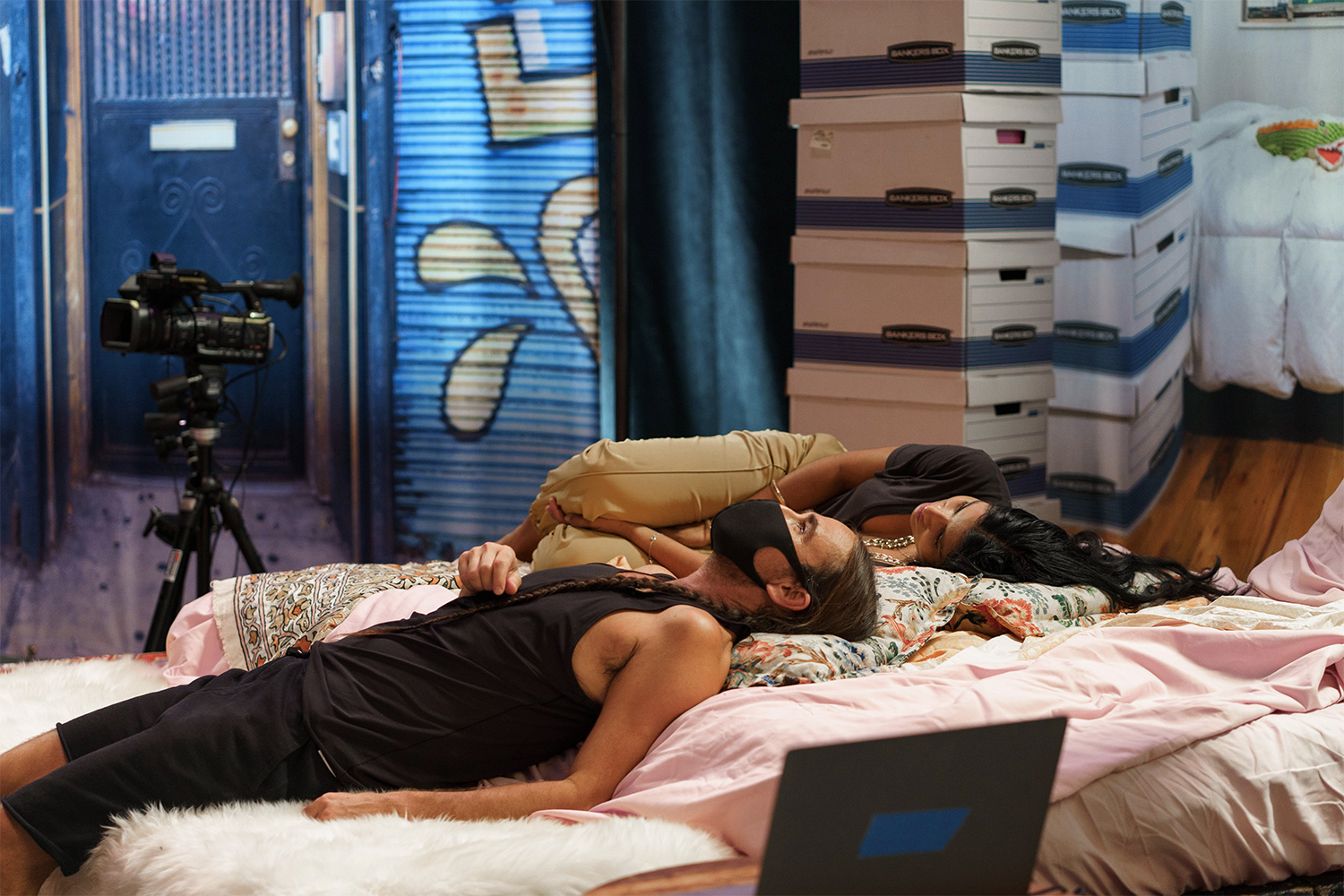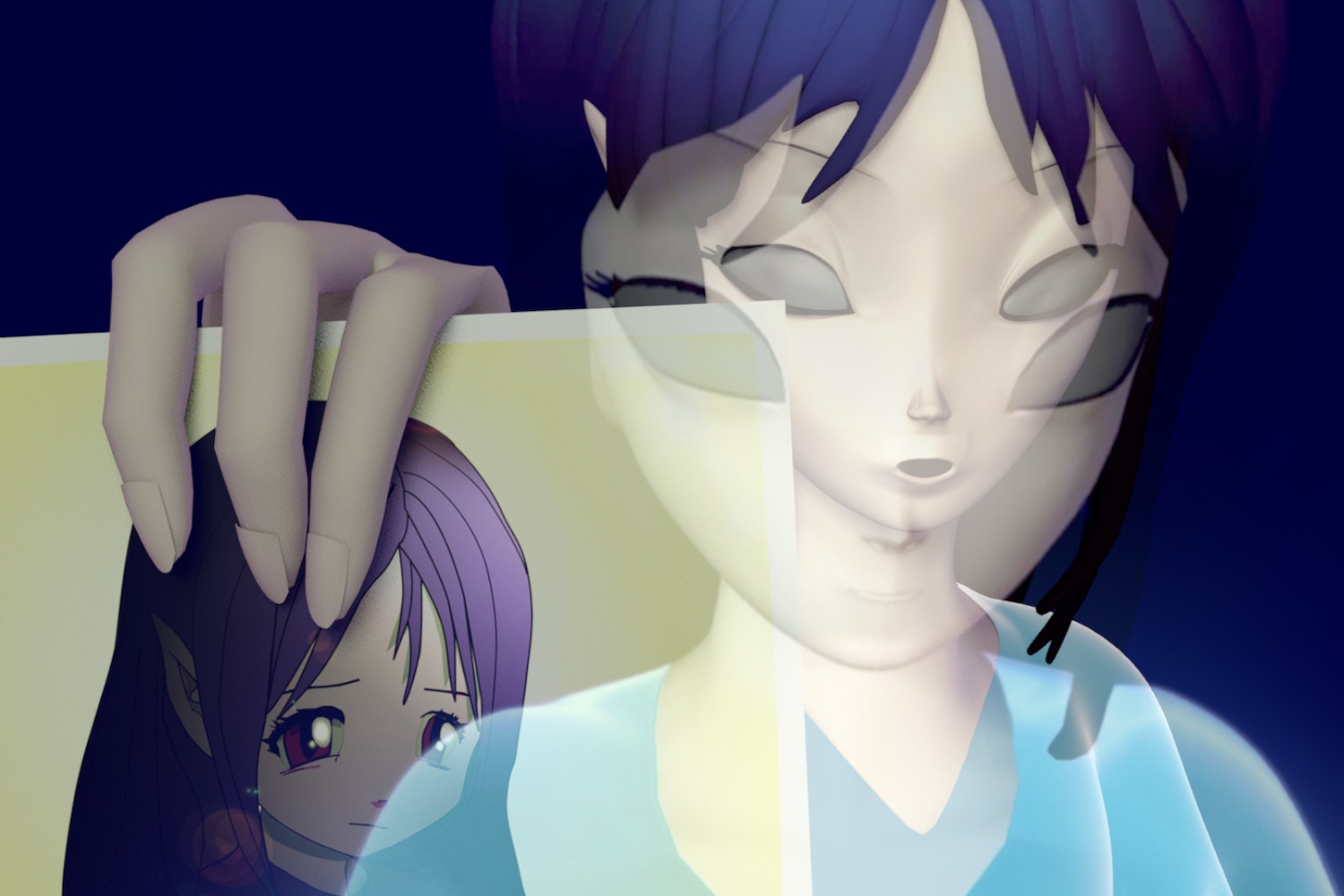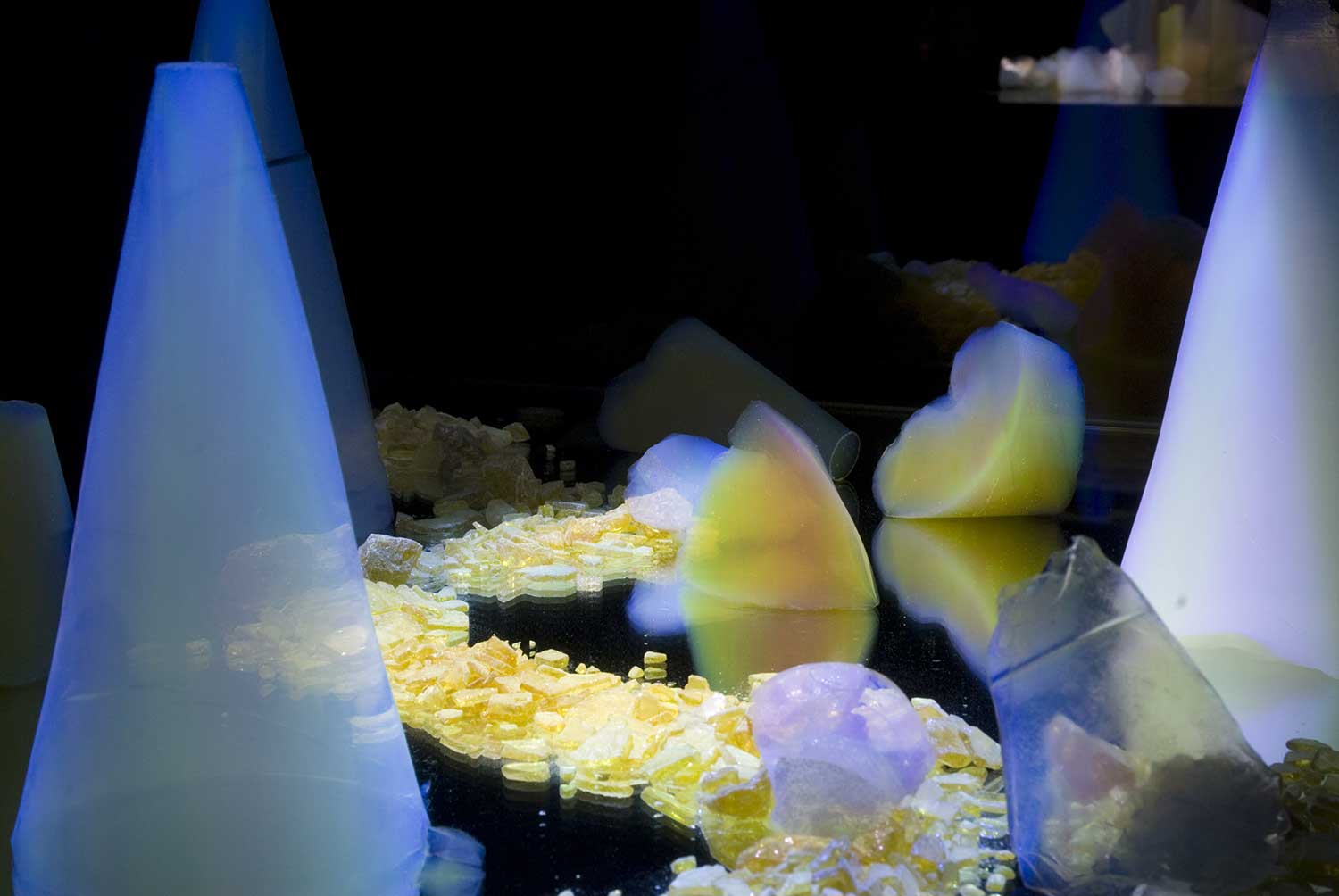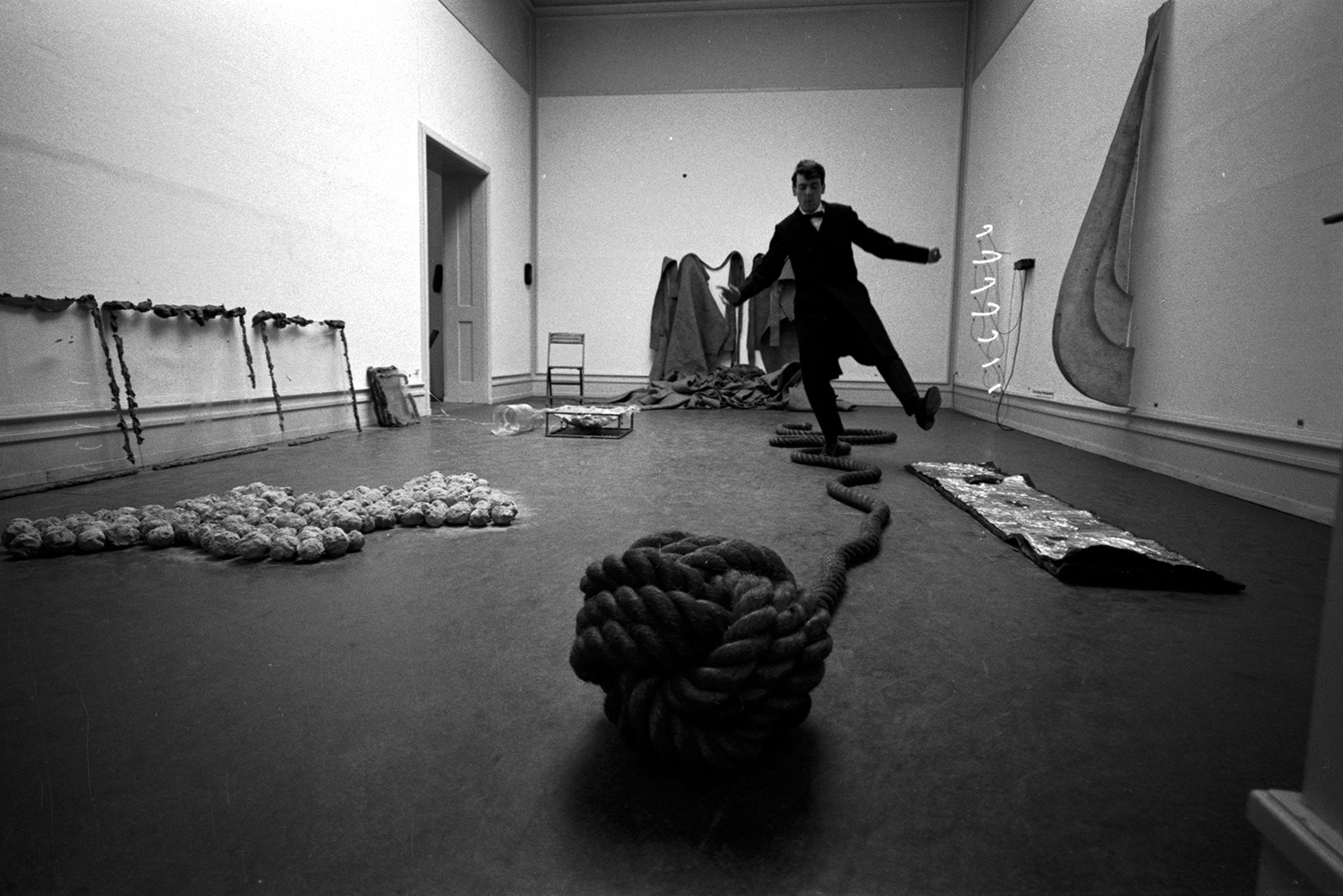As part of an ongoing effort to probe contemporary curatorial practices, Flash Art reached out to one of New York City’s oldest nonprofit spaces, The Kitchen, to discuss the concept of the artist residency relative to current states of art production. We asked the curators to describe their vision for artist residencies, particularly in terms of how curatorial programming can reshape them.
Flash Art: A residency is a way to create a community — a place for debate and confrontation. How do you envision new ways of interaction without taking away from the idea of the “artist residency”?
The Kitchen: The Kitchen’s current model for artist residencies responds to the conditions created by COVID-19 by allowing for both in-person production — with the artist-in-residence working with curators, collaborators, and technical crew in our spaces according to social distance protocols — and virtual presentations. This combination means that the artists have direct contact with their collaborators, and they can decide how to create and connect with an online community.
The two artists who have participated in residencies since the pandemic, Autumn Knight and Baseera Khan, have chosen to address this balance in different ways: while Knight worked very closely with a crew that included lighting, sound, and video supervisors; an animator; and multiple camera operators, those interactions took place behind the scenes and were not made visible through the project website or during the live performance streams. Alternatively, Khan has made public the process of creating her experimental television show throughout the duration of the residency through livestreams of rehearsals and film shoots featuring her performers, director/producer Ethan Weinstock, and cinematographer Christina Wairegi. Khan has also been sharing behind-the-scenes documentation on her project website. Whereas Knight’s performances were completely improvised, Khan’s pilot ultimately will be tightly scripted and shot.
During the residencies, the curatorial team is committed to working with artists to determine what formats for dialogue and exchange with audiences best align with and support the aims of their residency projects. The central aim of the residency is to facilitate the creation of a new project, so while any efforts to generate interaction throughout the process are welcome, they are not required: we appreciate that there will be opportunities to create conversations within a community once the completed work is presented publicly.
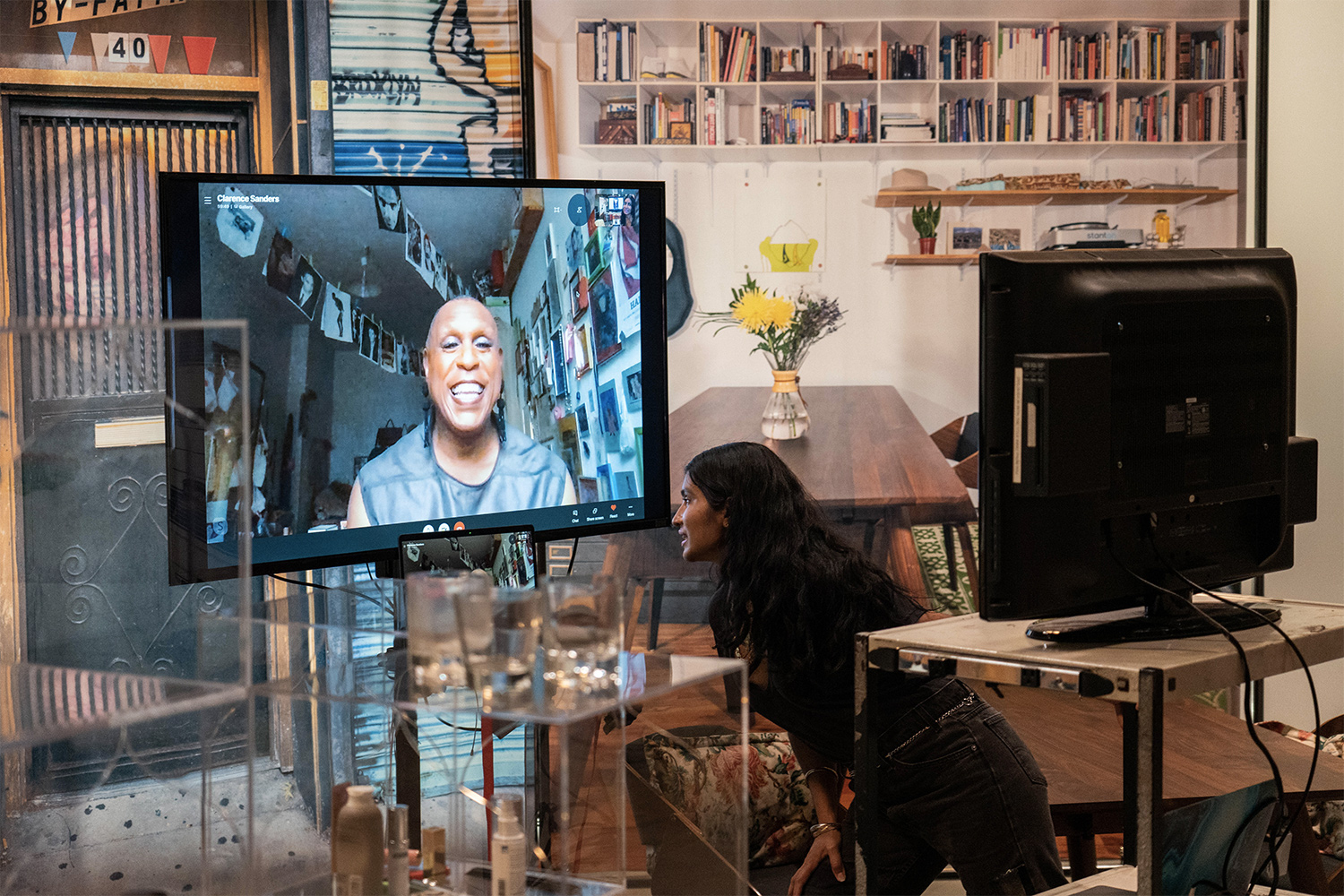
FA: Can artist residencies adapt to the new normal? Are you considering other ways to work on projects with artists?
TK: Under current conditions, the digital space represents an effective interface between the residency and the public. As discussed above, we offer artists a great deal of latitude in determining how they want to represent their residency project online.
These considerations of which aspects of a residency are public and which are private have the potential to productively shift the standards of residency programs into the future. While the traditional residency model creates opportunities for artists to work in proximity to one another and to welcome guest visitors periodically, this model typically allows artists to interact with wider audiences on only a select few occasions, often during open-studio days or planned artist talks. As the question of how many people can gather safely in a physical space is constantly under assessment, and the virtual space remains the only consistent site for gathering at the moment, it becomes possible to welcome public interaction with the residency process fluidly through a sustained virtual presence rather than at specific, punctuated moments for in-person open studios or events.
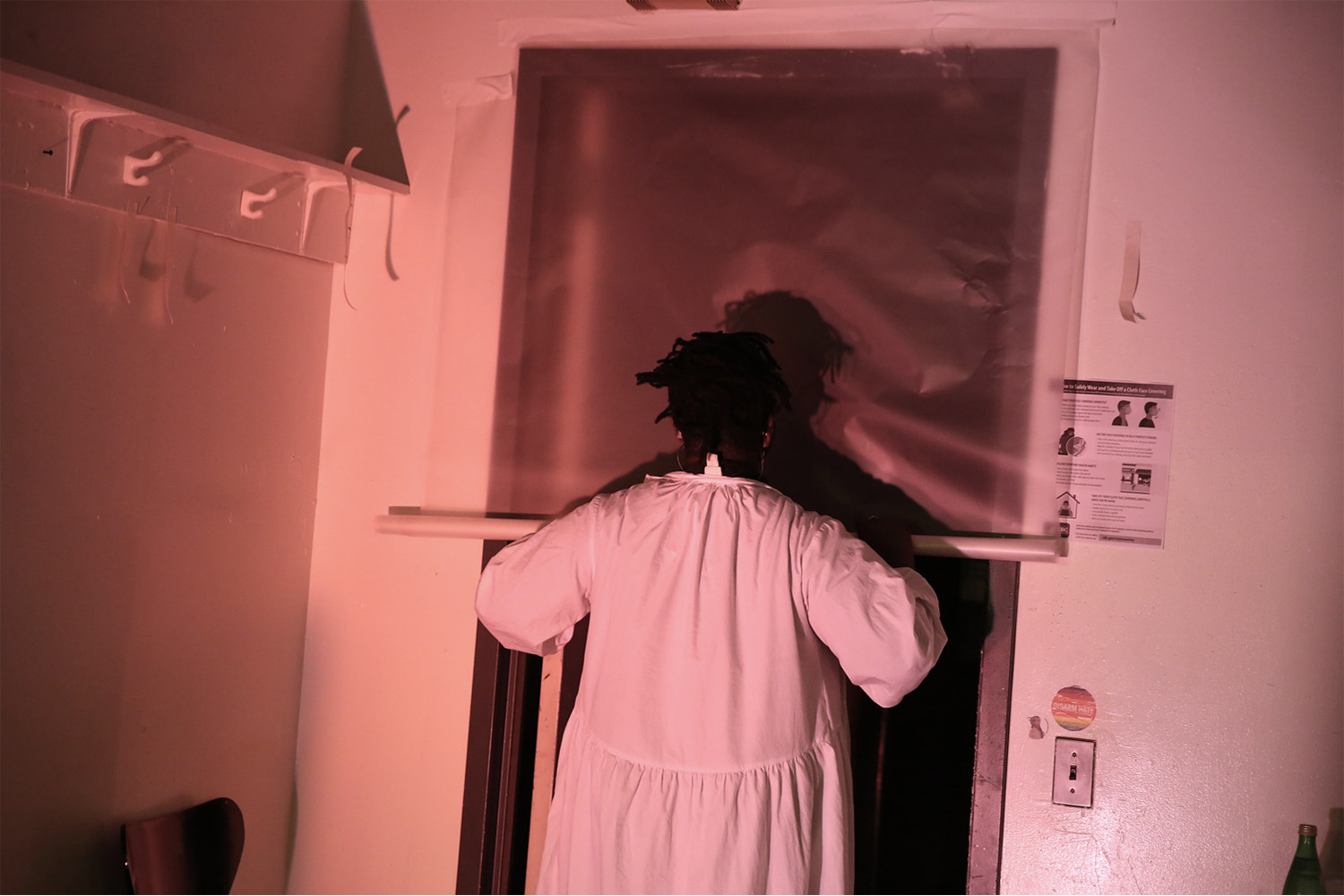
TK: Before the pandemic, The Kitchen, like many organizations, found itself unsatisfied with spaces that were easily classified as gallery or theater — and, moreover, was uneasy with conventional timelines for projects (which “culminate” in some kind of production). Often, traditionally defined spaces orient the actions within them; other times, actions give shape to the spaces. At a moment when artists were desiring something other than a fixed institutional site, we went back to the drawing board to see how the artists’ uses of space might change the shape of The Kitchen itself.
This expands on how, in recent years, The Kitchen has been experimenting with presenting projects in different ways across the spaces of our building in Chelsea: while the structure is configured with a black box theater on the first floor, a gallery space on the second floor, and offices on the third floor, we have invited artists to create projects that extend across these spaces, sometimes even pushing against their predefined uses. For instance, in the summer of 2019, artist Kevin Beasley transformed the entire building into a set of stages for the month-long series he co-organized, Assembly, and the performances featured musicians and dancers performing amidst these custom-designed sound stages on all three floors.
To further extend this way of working, we initiated a partnership with Queenslab, an organization based in Ridgewood, Queens, to present programming in their expansive building. Their space is roughly eight thousand square feet with forty-foot-high ceilings, and its open layout means that it does not carry a preestablished identity as a theater, gallery, or studio. This openness creates more opportunity for artists to envision projects that respond to the space without having to either subscribe to or challenge its assumed functions. Just as artists devised unique presentation strategies during the organization’s seminal years operating out of a loft space in the SoHo neighborhood of New York City (from 1973–86, following two years operating out of the former kitchen in the Mercer Arts Center), those artists who have been in residence at Queenslab have been able to make choices about every aspect of how the space is used — from what elements they are installing in which areas of the room to how they want to spatially orient or direct the audience.
FA: The Kitchen’s recent residency projects seems confirmed it. In particular Autumn Knight’s livestream performances and Baseera Khan’s project By Faith reshaped the space of the residency to explore new possibilities to performance art and video. Can you delve more into?
TK: Our current approach to the residency model during the pandemic turns the artist’s studio into a television studio, enabling artists to broadcast their residency process to public audiences. This model relies on the use of livestreaming in order to make performances and scenes of video production accessible to viewers. This is an unprecedented process for the artists we work with, who have had to reconceive their projects (which were already under development prior to the pandemic) to be viewed by audiences through video instead of live in a shared space. And while the livestream platform is a functional medium that facilitates public viewing of work, this platform also introduces a new form of mediation between performance art, video, and audiences.
This new approach has prompted us to confront a series of questions: What is the difference between watching a performance that is streaming live on Twitch versus watching the recording of a performance after the fact? What is the relationship between a livestreamed video of the production process and the edited scenes that result from this process when both are shared on the same online platforms? What is lost when the viewpoint of the camera is the only one available? Where is the audience acknowledged in these online performances? Together with Knight, Khan, and the other artists with whom we are working, we are thinking about and exploring these lines of inquiry through different formats of sharing performances and video content during residencies.

